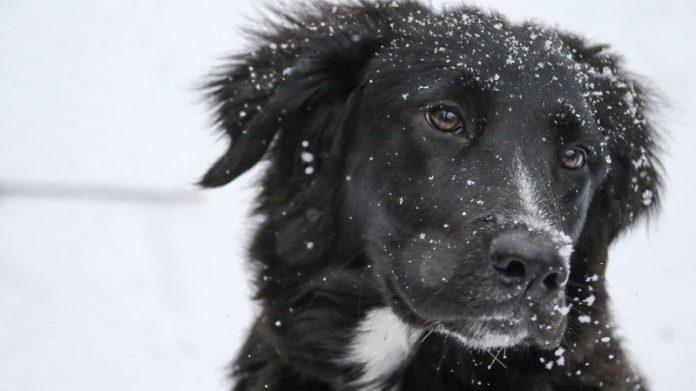Cold kills animals. Tardigrades are an exception to this rule: they are astonishingly resistant to cold, with a recent group of the little critters coming back to life after being deep frozen at for over thirty years.
For most animals, and certainly for commonly kept pets such as dogs, cats and rabbits, exposure to the cold is a serious threat to life. This is especially important at this time of year for small animals that are housed outdoors, such as rabbits and guinea pigs.
Every year, I hear about people finding their pets dead in their hutches. “What could have happened” I am asked?
Well, if it’s been a cold spell, then I’m afraid the cause of death could have been nothing more complicated than exposure to cold. Small animals are far more sensitive to the cold compared to larger animals, as they have a much bigger ratio of skin surface area to body weight.
Simply put, compared to bigger animals, more heat leaves their body more quickly, and their small body is unable to produce enough heat to replace this. If external measures aren’t taken to keep them warm, they get cold, and if they get too cold, they die.
The answer is not complicated. First, make sure that all pets in hutches have warm beds. You can insulate the hutch and you can provide a heat source for the sleeping area. Secondly, if bitterly cold weather is expected, bring the hutch indoors. These simple steps can be life saving.
What about pets like dogs and cats? Most animals in the fullness of their health are not usually at risk of chilling as they are able to seek out warm spots to keep themselves cosy. But pets that are very young, very elderly, or those that are physically unwell can be highly susceptible to hypothermia.
Examples can include newborn pups or kittens that accidentally wriggle away from their mother’s warmth, weak and elderly pets found by their owners at the bottom of the garden, or any animal with a serious illness (such as gastroenteritis) that happens to collapse away from a source of warmth.
In each of these cases, the chilled pets need to be brought into a cosy, warm area urgently, and if they don’t rapidly warm up, an urgent visit to the vet is needed.
As a vet, one of the first quick and simple checks that I do when presented with a very weak or collapsed animal is feel the temperature of the gums, by lifting the upper lip and slipping my finger in.
If the gums feel cold and clammy, then the animal is far closer to death than if they are warm and, as well as other medical priorities, it’s critically important to warm them up.
Warming needs to be done carefully: direct application of heat (such as hot water bottles or closely applied heaters) can cause serious burns, as the weakened animals are not strong enough to move away from the heat source when it’s damaging them.
Vets use special heated blankets and pads to keep animals warm, but for owners with cold pets, the sensible use of hot water bottles (separated from the animal by several layers of towelling) and fan heaters (not close enough to burn) is sufficient.
Meanwhile, stop laughing at those chihuahuas out in the park wearing hoodies. In cold weather, those pets genuinely need those extra layers of clothing to keep them safe and healthy.




